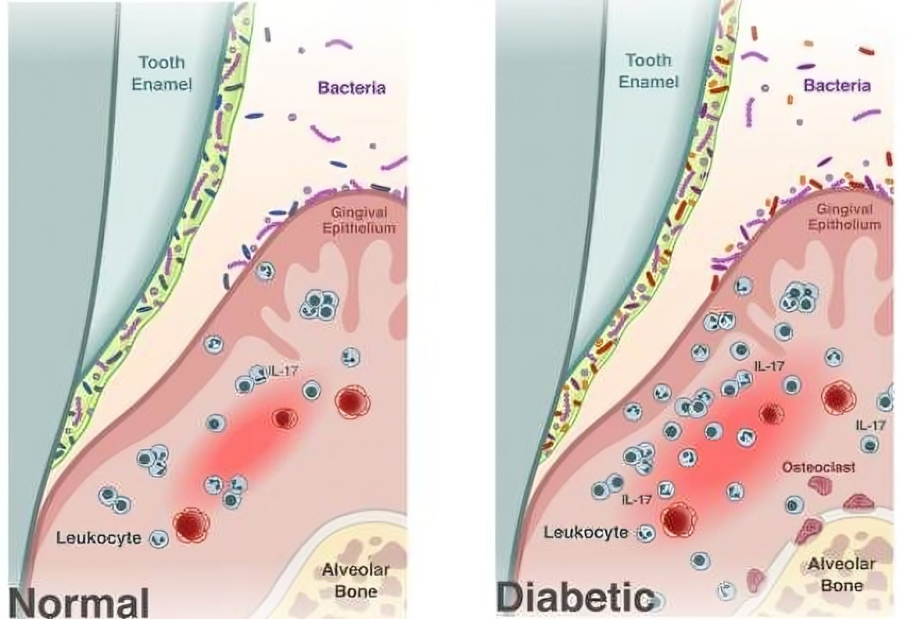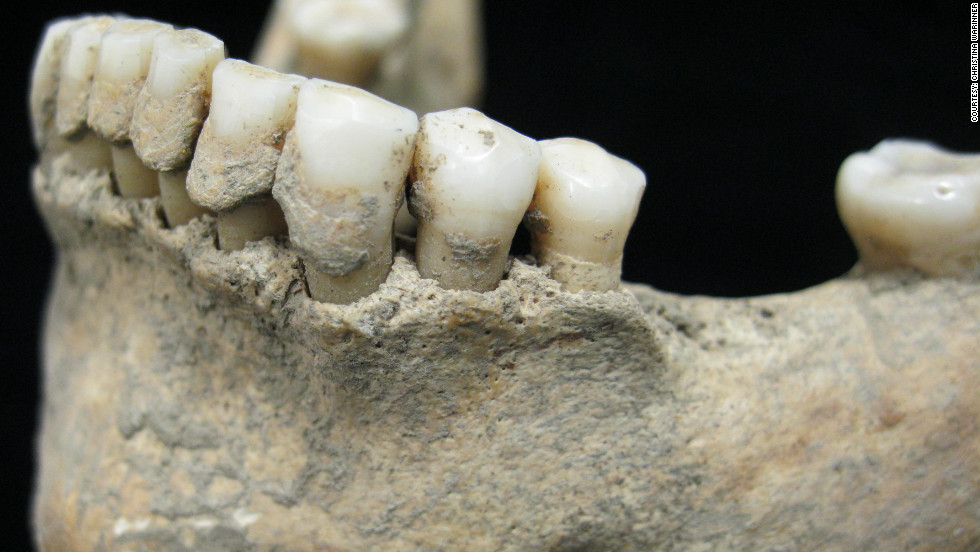
Reuters Health – Older women with gum infections are more likely to get many common cancers than their peers who have perfect oral health, a recent study suggests.
Researchers focused on what’s known as periodontal disease, serious infections in the mouth that are caused by bacteria in dental plaque. Daily brushing and flossing can prevent gingivitis, the milder form of periodontal disease, but untreated cases can lead to permanent damage to the gums and bone.
Compared to women without oral health problems, women with periodontal disease were 14 percent more likely to develop cancer, the study found.
The biggest risk was for cancer of the esophagus, which was three times more likely in women with periodontal disease. Women with periodontal disease were also 31 percent more likely to be diagnosed with lung tumors, 73 percent more likely to get gallbladder cancers, 13 percent more likely to have breast tumors and 23 percent more likely to have melanoma.
“We know that periodontal disease can lead to tooth loss if not treated, and it is also associated with diabetes and other chronic diseases,” said senior study author Jean Wactawski-Wende, dean of the School of Public Health and Health Professions at the University at Buffalo in New York.
“Here we found an association with cancer,” Wactawski-Wende said by email. “Although not certain, maintaining optimal oral hygiene may help to reduce the risk of developing cancer.”
Periodontal disease was associated with increased risks of several types of cancer in postmenopausal women, even in women who had never smoked, researchers note in the journal Cancer Epidemiology, Biomarkers and Prevention.
Compared to women without periodontal disease, current and former smokers with these oral infections were roughly 20 percent more likely to develop cancer.
Certain cancers, such as breast cancer, lung cancer, and gallbladder cancer, were associated with higher risk in smokers with periodontal disease. Others, such as melanoma, were associated with higher risk in women who had never smoked but did have periodontal disease.
The data are from 65,869 women aged 54 to 86 who answered surveys between 1999 and 2003. By 2013 – after an average follow-up of more than eight years – researchers had identified 7,149 cases of cancer.
While the exact causes for the connection between periodontal disease and cancer aren’t clear, it’s possible that bacteria travels from the mouth to other parts of the body, Wactawski-Wende said.
Bacteria destroy connective tissue between the teeth and gums, forming pockets where the infection can persist and eventually be ingested or inhaled from saliva or enter the bloodstream through inflamed gums, Wactawski-Wende said. Then, bacteria may lodge in other body sites causing inflammation that may increase the risk of cancer.
The study wasn’t a controlled experiment designed to prove how or if poor oral health causes cancer.
Another limitation is that the study relied on women to accurately recall and report their periodontal disease, the authors note.
Even so, the findings build on earlier research linking periodontal disease to an increased risk of cancer, said Jiyoung Ahn, a population health and environmental medicine researcher at New York University Perlmutter Cancer Center in New York City, who wasn’t involved in the study.
“It is clear that good oral hygiene and regular dental visits are basic components of maintaining good oral health,” Ahn said by email. “This study provides a rationale for having good oral health for cancer prevention.”
SOURCE: bit.ly/2w2vmvi Cancer Epidemiology, Biomarkers and Prevention, published online August 1, 2017.
New Patients & Emergency Appointments Welcome!






